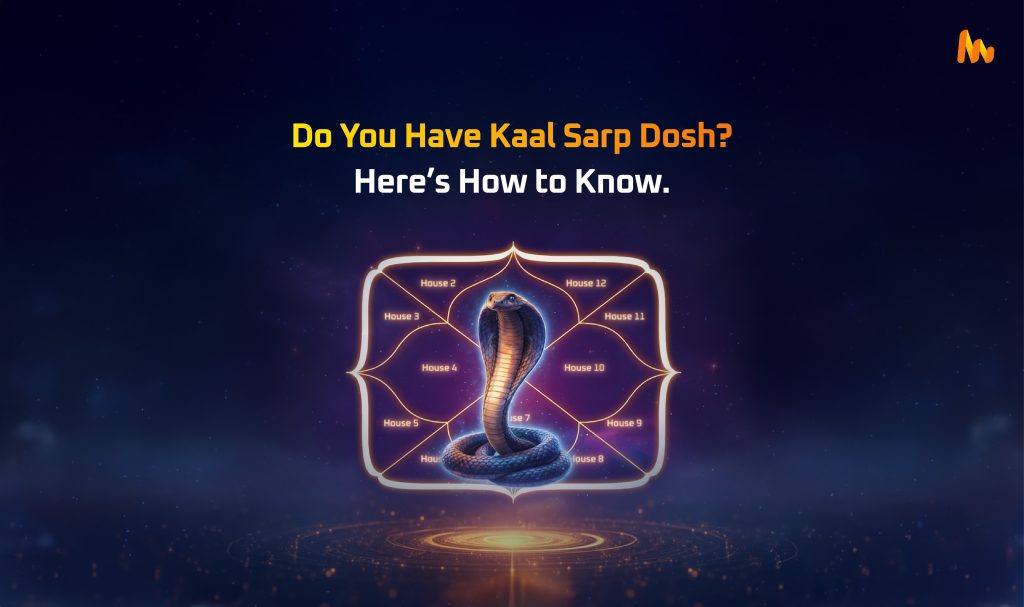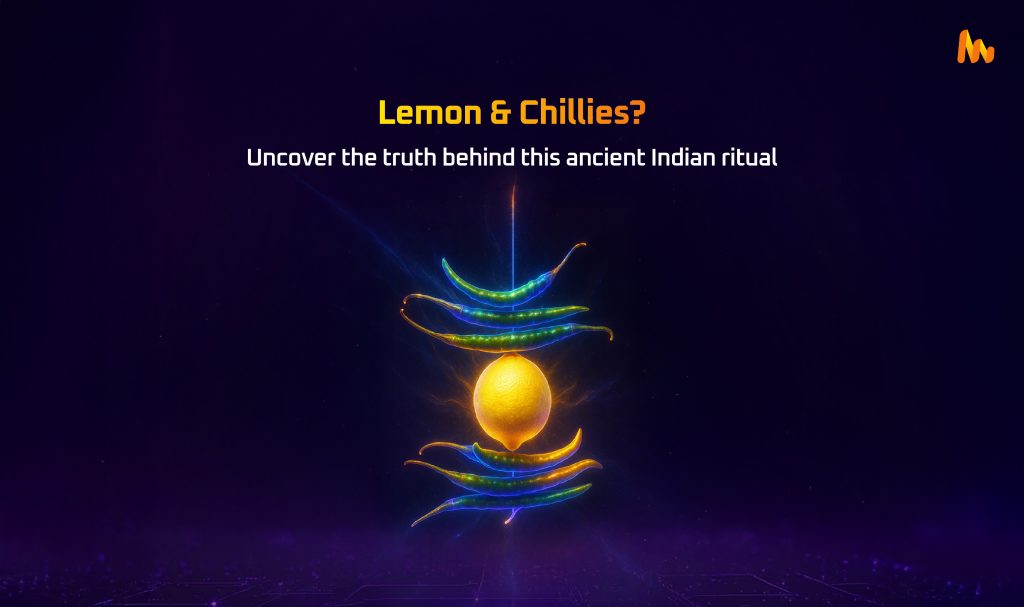When Navratri arrives, the air feels different. The festive beats of garba and dandiya echo across towns, homes are adorned with lights, and devotees immerse themselves in the worship of Goddess Durga in her nine forms. But there’s another layer to this vibrant festival that often goes unnoticed—the colours of Navratri and their hidden link with planetary energies.
Every day of Navratri is marked by a specific colour—yellow, green, grey, orange, white, red, royal blue, pink, and purple. Devotees consciously wear these shades, decorate altars with them, and use them in rituals. While most of us see it as a tradition or cultural symbolism, Vedic astrology suggests that each colour resonates with the energy of a planet and the form of the Goddess being worshipped on that day.
In essence, Navratri colours aren’t just about fashion or aesthetics—they are a cosmic bridge between human consciousness, divine energy, and the movement of celestial bodies. Let’s dive deep into this fascinating connection.
Why Colours Matter in Spirituality
Colours are not random. They are wavelengths of light, each carrying a unique vibration that impacts our emotions, moods, and even destiny. For example, rd activates passion and energy, while white calms and purifies the mind. Ancient Indian texts describe colour therapy, where exposure to certain shades balances chakras and heals imbalances.
In the same way, planets in Vedic astrology are associated with colours:
- Sun (Surya) → Red/Orange
- Moon (Chandra) → White
- Mars (Mangal) → Red
- Mercury (Budh) → Green
- Jupiter (Guru) → Yellow
- Venus (Shukra) → White/Pink
- Saturn (Shani) → Blue/Black
- Rahu & Ketu (Shadow planets) → Grey
When you align yourself with the colours of Navratri, you’re not just honouring the Goddess—you’re also attuning yourself to the planetary vibrations that govern your life.
The Nine Days of Navratri: Colours, Deities, and Planets
Yellow – Goddess Shailputri & Planet Jupiter
The festival begins with yellow, symbolising positivity, clarity, and new beginnings. Goddess Shailputri, the daughter of the mountains, is worshipped. Yellow is also the colour of Jupiter (Guru), the planet of wisdom and spiritual growth. Wearing yellow on this day strengthens optimism, attracts prosperity, and aligns you with divine knowledge.
Green – Goddess Brahmacharini & Planet Mercury
Green represents growth, harmony, and new energy. Goddess Brahmacharini, who signifies penance and devotion, is honoured on this day. The green colour connects with Mercury (Budh), the planet of intellect and communication. By embracing green, you invite balance into your thoughts, relationships, and decisions.
Grey – Goddess Chandraghanta & Planet Rahu
Grey is rarely seen as festive, but on Navratri, it symbolises strength in adversity. Goddess Chandraghanta, known for her courage and warrior-like nature, is worshipped. Grey resonates with Rahu, the shadow planet that governs illusions and material desires. Wearing grey helps one face hidden fears and channel Rahu’s energy constructively.
Orange – Goddess Kushmanda & Planet Sun
Orange radiates warmth, enthusiasm, and creativity. Goddess Kushmanda, believed to be the creator of the universe with her divine smile, is honoured. Orange connects with the Sun (Surya), the source of vitality and leadership. Wearing this shade invokes confidence, authority, and the power to shine.
White – Goddess Skandamata & Planet Moon
White symbolises purity, peace, and spiritual elevation. Goddess Skandamata, the mother of Lord Kartikeya, is worshipped. The Moon governs emotions and the mind, and its association with white brings mental clarity, healing, and calmness. This day is perfect for introspection and nurturing emotional stability.
Red – Goddess Katyayani & Planet Mars
Red is fierce, passionate, and full of life force. Goddess Katyayani, known as the warrior Goddess, embodies strength and determination. The colour red aligns with Mars (Mangal), the planet of energy, courage, and action. Wearing red on this day channels inner strength, confidence, and dynamism.
Royal Blue – Goddess Kalaratri & Planet Saturn
Royal blue is powerful yet mysterious. Goddess Kalaratri, the fiercest form of Durga who destroys ignorance and darkness, is worshipped. Saturn (Shani), connected to discipline, karma, and endurance, resonates with this colour. Wearing royal blue stabilises emotions and strengthens patience and resilience.
Pink – Goddess Mahagauri & Planet Venus
Pink exudes love, compassion, and harmony. Goddess Mahagauri, symbolising beauty, purity, and inner calm, is worshipped. Venus (Shukra) is linked to beauty, luxury, and relationships, and its energy flows through this colour. Pink attracts love, emotional healing, and creativity into life.
Purple – Goddess Siddhidatri & Planet Ketu
Purple represents spirituality, transformation, and mysticism. Goddess Siddhidatri, the bestower of supernatural powers, is worshipped. Purple connects with Ketu, the shadow planet symbolising detachment and higher wisdom. Wearing purple deepens meditation, intuition, and inner strength.
The Science Behind It: Chakras, Planets, and Colours
Navratri colours not only connect with planets but also with the seven chakras of the body. For example:
- Red (Muladhara chakra – Root) → stability and courage.
- Orange (Swadhisthana – Sacral) → creativity and joy.
- Yellow (Manipura – Solar Plexus) → willpower and confidence.
- Green (Anahata – Heart) → love and harmony.
- Blue (Vishuddha – Throat) → communication and truth.
- Indigo/Purple (Ajna – Third Eye) → intuition and wisdom.
- White (Sahasrara – Crown) → divine connection.
Thus, following the Navratri colours consciously balances planetary energies and activates corresponding chakras, creating a powerful alignment of body, mind, and spirit.
How to Harness Navratri Colours in Daily Life
- Dress Accordingly → Wearing the day’s colour enhances your aura and attracts positive vibrations.
- Home Decor → Use curtains, flowers, rangolis, or diyas of the specific colour to welcome planetary blessings.
- Food Choices → Offer fruits, sweets, or meals matching the day’s colour to the Goddess.
- Meditation → Visualise the day’s colour while meditating—it helps align chakras with planetary energy.
This is more than tradition; it’s an ancient energy ritual encoded into our culture.
Why It Still Matters?
In today’s fast-paced world, many see Navratri only as a cultural festivity with garba nights and fashion trends. But its deeper purpose is spiritual alignment and planetary harmony. Each colour is like a code, tuning your energy with universal rhythms.
Imagine if by simply wearing a certain shade, you could:
- Boost confidence before an interview.
- Heal emotional wounds.
- Strengthen patience during tough times.
- Attract love, peace, or prosperity.
That’s exactly what Navratri colours empower you to do.
And if you’re curious about how planetary energies are influencing your personal life—from relationships to career—you can explore tools like VedVaani, an AI-powered astrology platform blending Vedic wisdom with technology. It helps decode how planets shape your journey and offers personalised guidance beyond rituals and festivals.
Conclusion
Navratri isn’t just about devotion—it’s about transformation. The nine colours are not chosen randomly but are deeply tied to planetary vibrations, chakras, and energies of the Goddess. By embracing these colours, you’re aligning with cosmic forces, balancing your inner energies, and inviting abundance into your life.
As you celebrate Navratri this year, look beyond the surface. When you drape yourself in yellow or dance in royal blue, know that you’re not just following tradition—you’re weaving yourself into the rhythm of the cosmos.
And if you wish to go deeper into understanding how planets and energies shape your personal destiny, platforms like VedVaani are there to guide you. Because true celebration is not just outside—it begins within, when you align with the universe.






